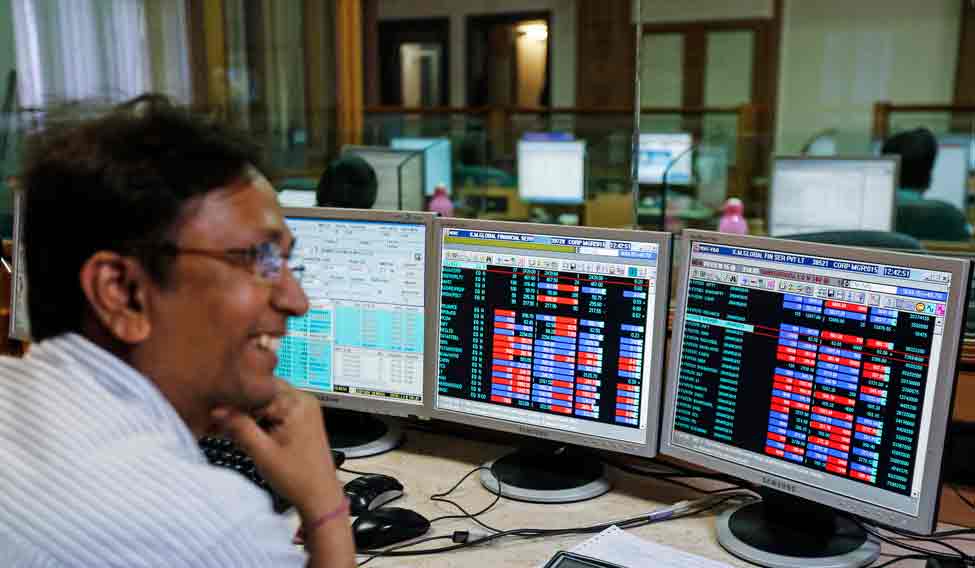Investing your hard earned money in stocks is a scary yet exciting task. Tasks such as these require expertise in judging market trends. These trends are indicators of how the market has functioned in the past, how it is functioning in the present, and how it is predicted to function in the future.
For instance, if I decide to buy some stocks in a foreign country with little or no information about its background, my first question would be regarding the country’s economy.
My second task would be to inquire about the industry I want to buy stocks in and see how it fares.
Third, I would investigate the particular stock I want to buy and see what sponsors the company has, how much debt it is in, and its payout rate. All of these factors combined become a part of the decision-making process behind the buying and selling of stocks in any country. Fortunately, you don’t have to do this seemingly strenuous task all by yourself. For that, we have market experts.
I have compiled a list of 4 factors given by such market experts to help you in your journey towards a successful investing endeavor.
1. Drive
If a stock has fared well in a particular time period, it is likely follow that trend in subsequent months and vice versa. This behavior of stocks constitutes their inertia or momentum. A 1993 study on market trends confirms this behavior. However, we can rely on this assumption only for the short-term. Stocks vary in their performance over the long-term in a plethora of ways.
2. Industry
The importance of a particular industry to its world market reflects its prices and fluctuations in those prices. For instance, the films used in Kodak cameras, once a highly desired product, have little or no use for them in today’s word of digital cameras and smart phones. Whereas the world of smart phones and technology has just begun to infiltrate the markets with new products being released on a regular basis. Therefore, the market for technology in this case can be trusted when you’re wanting to invest, given their relevance to today’s markets.
3. Moving Average
Market experts have devised a tool to monitor the changes in the value of a product by plotting graphs to see how the price has changed through the course of a given time period. The points on the graph are then used to calculate the average. This average value is particularly important because it helps one gain a fair idea of when the prices will go up and when they will go down. For instance, if the price goes above the average line, it is likely to fall within the next few days and vice versa if the price goes below the line.
4. Economy
Lastly, a country’s economy is a strong indicator of how the stock markets will behave. The amount of investment coming into a country, the amount of debt it has incurred and the political situation all come into play. For instance, in a war riddled country like Afghanistan, markets are likely to act in unimagined ways since the economy is unstable.
Vanessa Wild is author of the article. Shee is a professional finance blogger and guest writer at stock predictor service. She has been lucky enough to work for the famous financial companies. Vanessa is from Miami.



